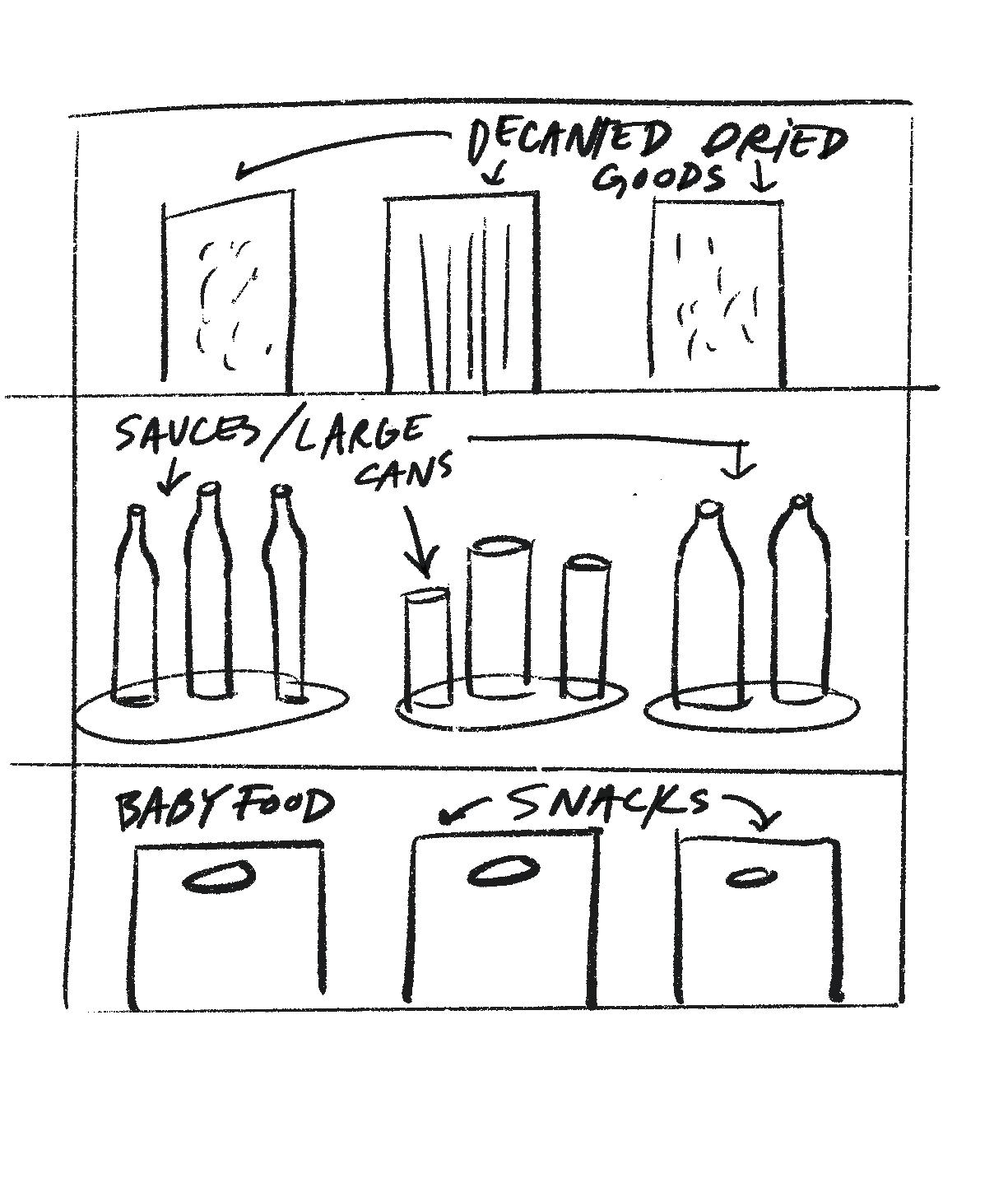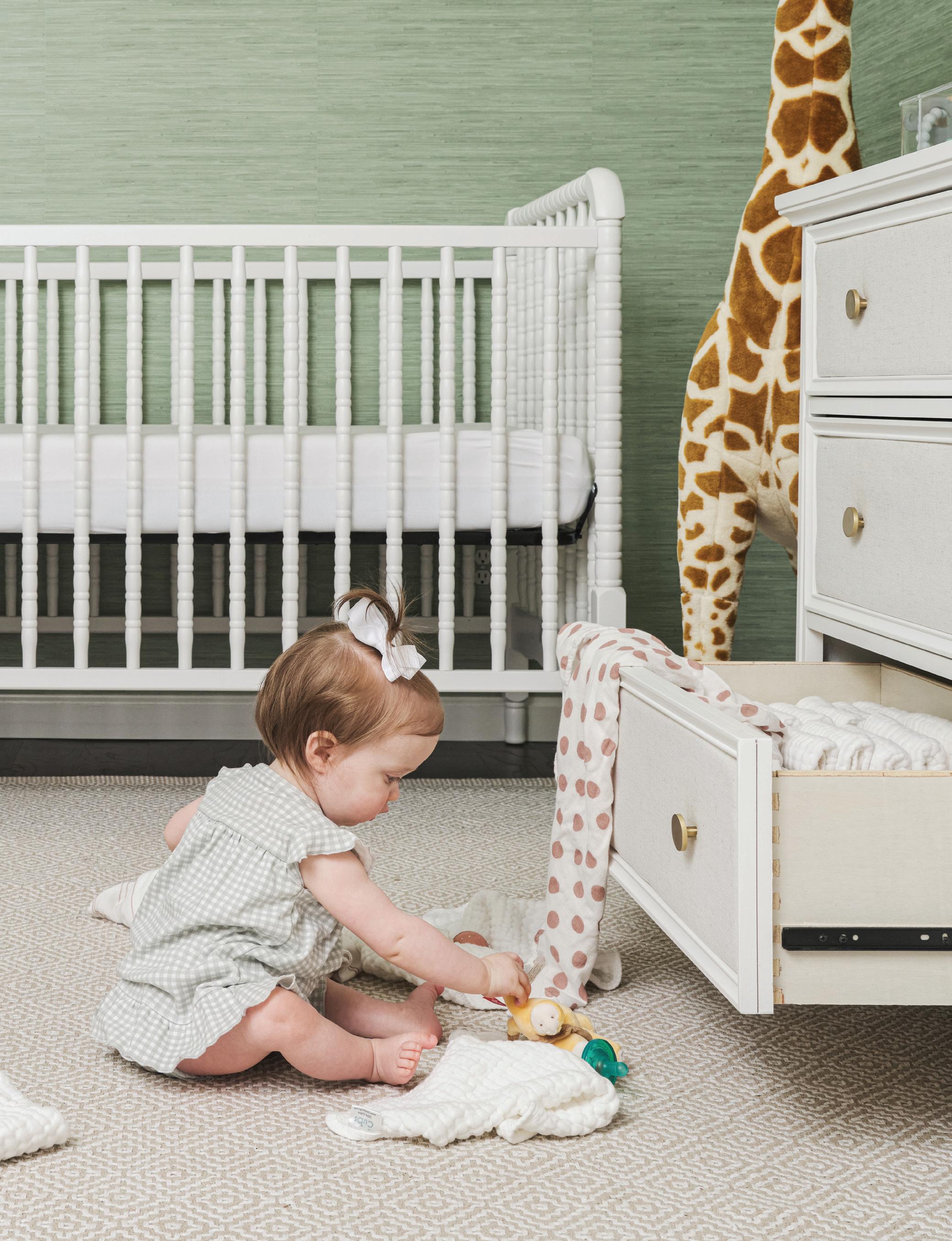
2 minute read
Step 4: Plan Your Routine-Ready Space
from Organized New Parent
by paigetate
Now that you have sorted, categorized, and purged, you are left with the items that are going to be living in this space for the foreseeable future. In this planning step, you will map out how you will use the space moving forward, and thus how you will put back the items you’re keeping (or the new items you’re procuring) so that you can determine which new organizational structures and products can best serve them. (Note that we will dive into purchasing products in the following step.)
It’s important to note that we will be putting back all of the items that we’ve sorted and decided to keep before deciding what organizing product to purchase. This way, you aren’t left with clutter all over your floors and surfaces! But before you put anything back, take a beat to envision your future routines and the layout that supports them.
This step—and the necessary pause to consider your new setup—makes or breaks a true organization foundation.
First, think about your essentials, your everyday grabs, the things you need to find and access day in and day out, rain or shine. In a nursery or toddler’s room, you might want to have lots of clean onesies, easy-to-reach burp cloths, and extra pacifiers on hand. In the kitchen, you’ll want to have a go-to spot for clean bottles, easily accessible pump parts (if you’re pumping), or age-appropriate snacks. Consider setting up a diaper-changing station somewhere on your main floor if your nursery is on a different floor, or stock a nursing pillow or aid wherever you’ll end up breastfeeding most often (spoiler alert: it’s often not the nursery).
The items we use the most frequently need to live in the most accessible areas of that space. This sounds like a no-brainer, but so many people do not take this organizing guideline into consideration when recreating their spaces, which leads to so much wasted time hunting down things you need every day! You are going to give this stuff prime real estate: this is generally an area between your waist and head that is visible, readily accessible, and intentionally organized. The less important items, or less frequently used items, can then start to fill in the less accessible areas, like floor space and high shelves.
This is an exciting opportunity to make your space truly work for you. You get to change the way the space is used, designed, or laid out. I’m not suggesting you tear down walls in every room, but this is the time to add new storage solutions, remove storage solutions that aren’t serving you best, change shelving configurations, utilize different cabinets, and more. Now that the space is empty, it’s the perfect time to map out a new approach. Figure out what you need—specifically for this particular stage of your life—and plan to create the space that makes the most sense for you.





